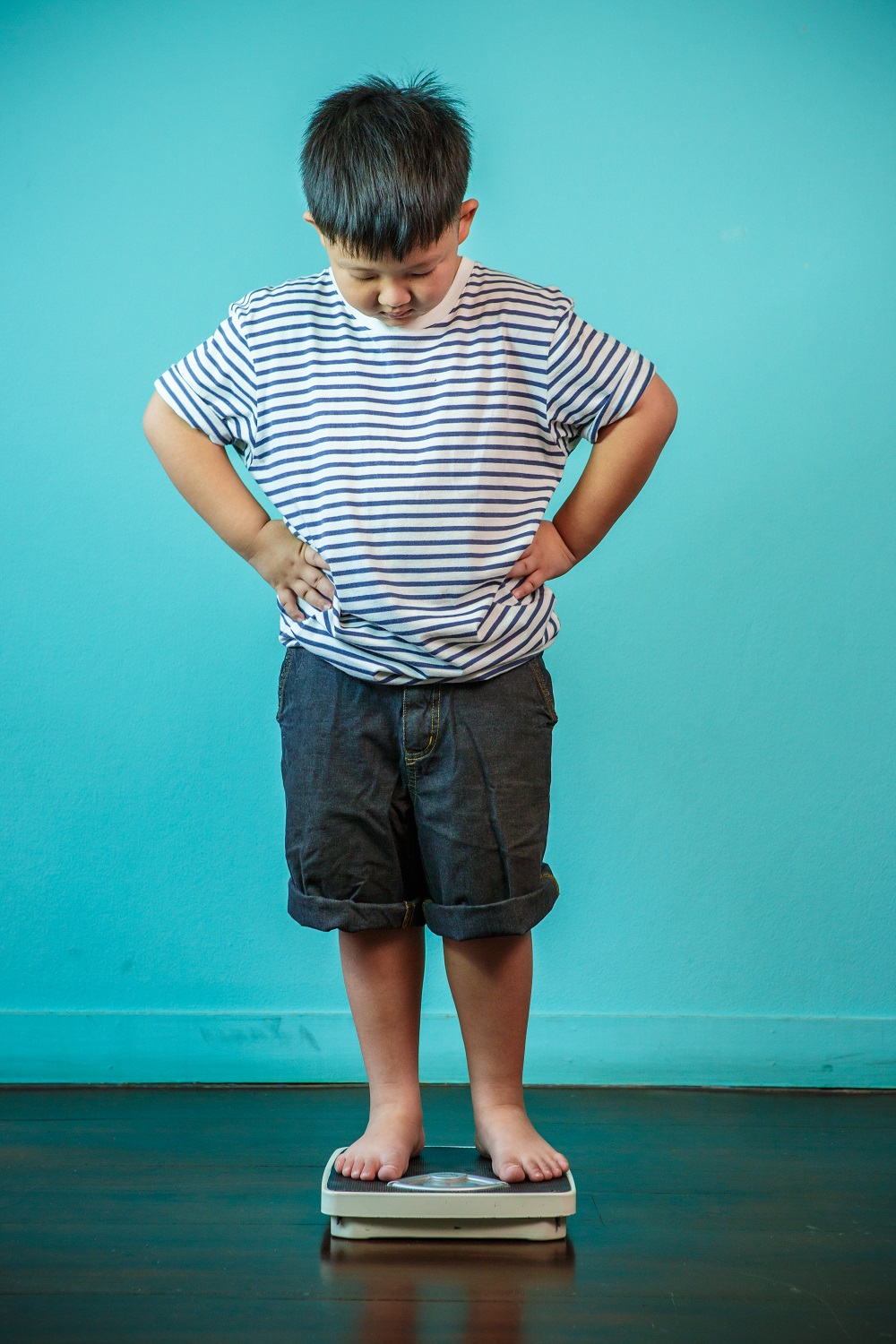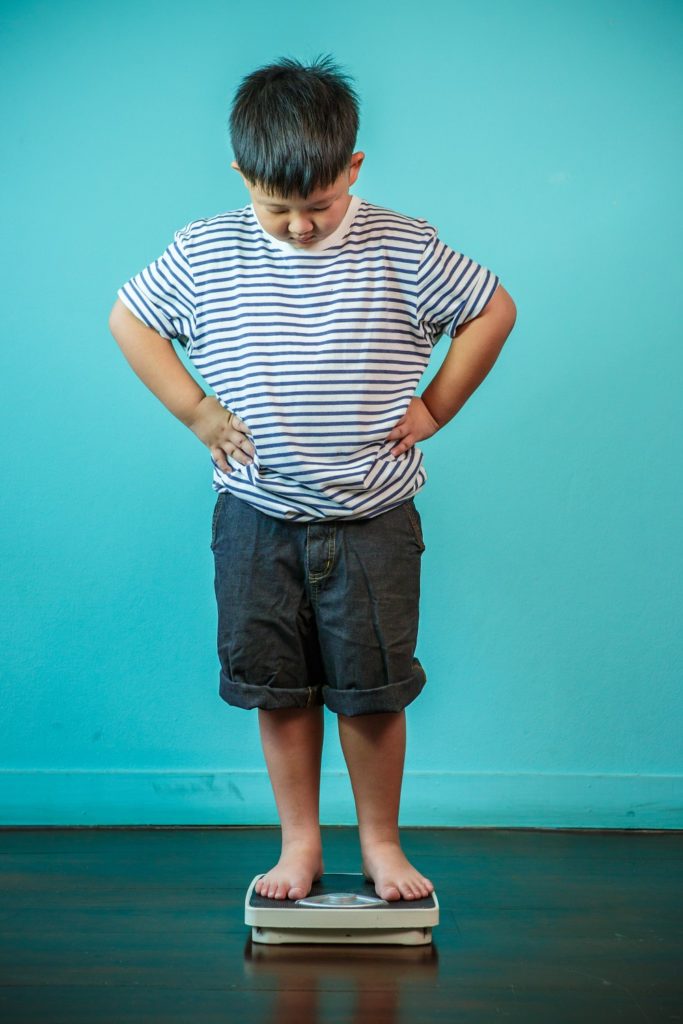Why Parents Should Prevent Childhood Obesity


Good news: Utah has the lowest childhood obesity rate in the country. The bad news is that it still means about 8.7% of children between 10 and 17 years old are obese. Depending on their state of health, they might need professional intervention, including pediatric treatment in Salem.
Now, parents can have a dozen excuses not to consider it. The process can be costly, the child might be too young to go through a program, and wouldn’t it be better to teach body positivity instead? New studies, though, highlight the importance of a prompt help for the children:
Obesity Increases the Risk of a Hip Disease
Childhood obesity has a profound impact on the joints because of the added pressure of their weight. Over time, it can result in non-communicable but painful conditions such as slipped capital femoral epiphysis (SCFE). SCFE is a condition common among teens that affects one or both hips. It occurs when the femoral head slides from the thigh bone’s neck. It then causes the hips to become painful and stiff.
A study published in Pediatrics revealed obesity might increase the risk of SCFE. Children who are five years old or younger and are already morbidly obese have as high as 20 times the chance of developing the condition. The risks also increase as the body mass index (BMI) goes up. A part of the reason is the result of other studies that suggest obese children tend to remain so once they reach their adolescent years.
SCFE is treatable, but in severe cases, it can involve a surgery, which can be both costly and risky for the children. It also doesn’t guarantee that the kid will no longer suffer from pain or can already pursue more physical activities.
Obese Children Might Perform Poorly in School and Later in Life

Obesity’s impact is not only on the child’s health but their overall well-being. This is one of the findings of a study by the American Academy of Pediatrics. In the research, they worked with more than 22,000 parents and caregivers of children. They needed to answer questions that evaluate the child’s level according to the flourishing markers. These included the ability to complete a task, care about school, calmness during a difficult situation, and interest and curiosity in learning new things.
Based on the data (and after adjusting other variables), less than 30% of obese children scored well in all five of these markers. Nearly 40% of those with a healthy BMI hit these markers.
Community Efforts Can Be Effective in Lowering Childhood Obesity
It takes a village to raise a child or, in this case, keep them as healthy as possible. A University of Kansas study showed a community effort might be a useful option to reduce the BMI of the kids. In fact, the stronger the program is, the more likely it can be successful. The success also depends on the number of distinct behaviors it targets.
Fighting childhood obesity is not easy, but it’s possible. It becomes even more real when you get the help you and your family needs now. The process can be complicated, but the benefits will always outweigh the costs and trouble.




